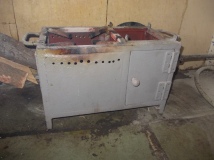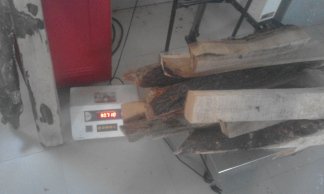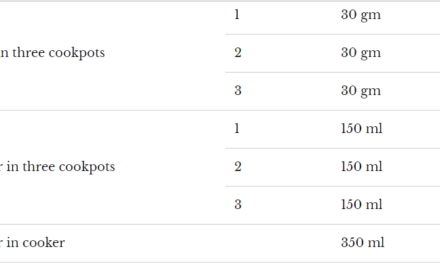Problems :
- Wastage of flame of burning wood from the chulha.
- There was no ring for eco-cooker.
Objective :
- To stop wastage of flame from chulha.
- To Collect data and calculate the energy consumption in kitchen.
- To increase the efficiency of the chulha.
Work :
work upto yet :
In the kitchen audit the daily data has been collected by me. Daily initial and final weight of wood, LPG Gas, Biogas as well as the weight of the cooked food has been taken by me. Daily collect data about initial weight of wood, LPG Gas and biogas. Daily data has been write on the diary.

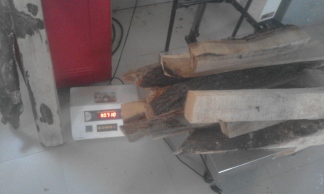
The flame of the burning wood was waste daily dew to small size of container and large size of hole of the chulha i. e. shown in the fig. To stop this wastage the two rings were design in the solidworks and then it was cut on the plazma cutter then made handle for it and weld it. Both shown in the fig. Ring was made as per the hole of the chulha and diameter of the container.
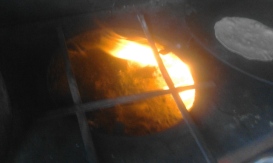

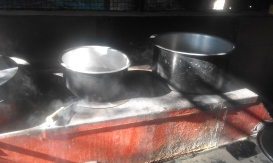
Eco-cooker was take once in a day on prince 40. But their was a problem like handling of the black surface of this. Then for this the ring and handle was made to handle properly i. g. shown in fig. In that eco-cooker 500 g rice was cooked around 4 hrs. Then 2.170 kg rice was cooked around 4.30 hrs. then I was observed the temperature maintain from 5.30 PM to 8.00 PM i.g. 59 degree c. to 40 degree c.



upto 28 / 02 / 2017 :
Repairing :
There was the the some accessories were repaired by me i.e. two shegadi of the LPG Gas, Bio-gas shegadi. After that the cooker and container painted by using black color which is used for cooking of rice on prince 40. The bio-gas shegadi’s burner was damaged. This was replaced and shegadi was polished then colored with the red oxide and silver. Next day I saw that the bio-gas burning was stop after few minute due to absence of the oxygen. Then the L- bow was replaced by T- joint and then observe the burning flame. Oxygen was present for burning and bio-gas is light in weight in presence of the wind. But my logic was fell. The burning flame size was low and the bio-gas was flowed by both end of the t- joint. This trial was unsuccessful. Then end cap was mounted to the one end of the t-joint. this is just touch to the mouth of the t- joint. Oxygen was insert into the bio-gas flame and the burning start properly.


